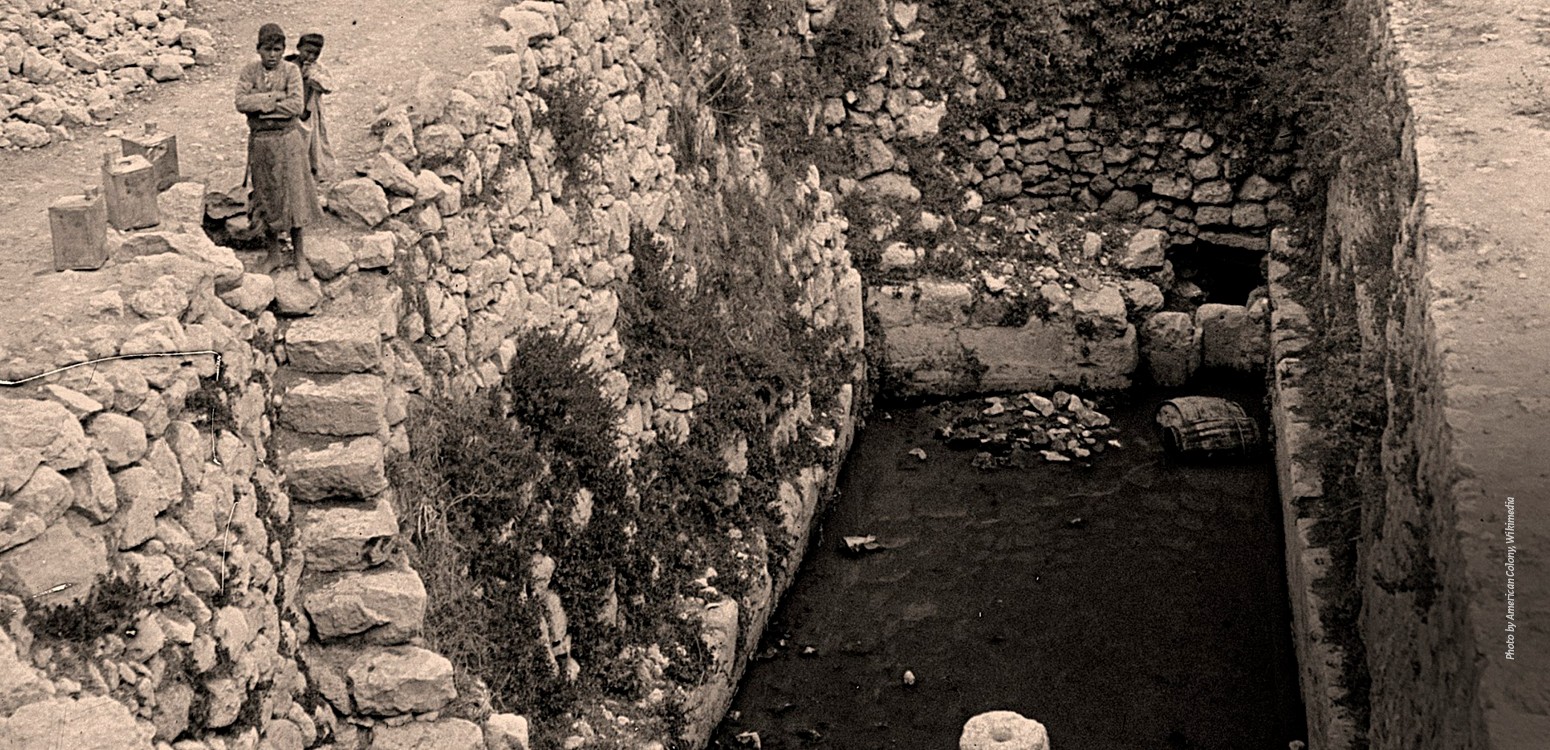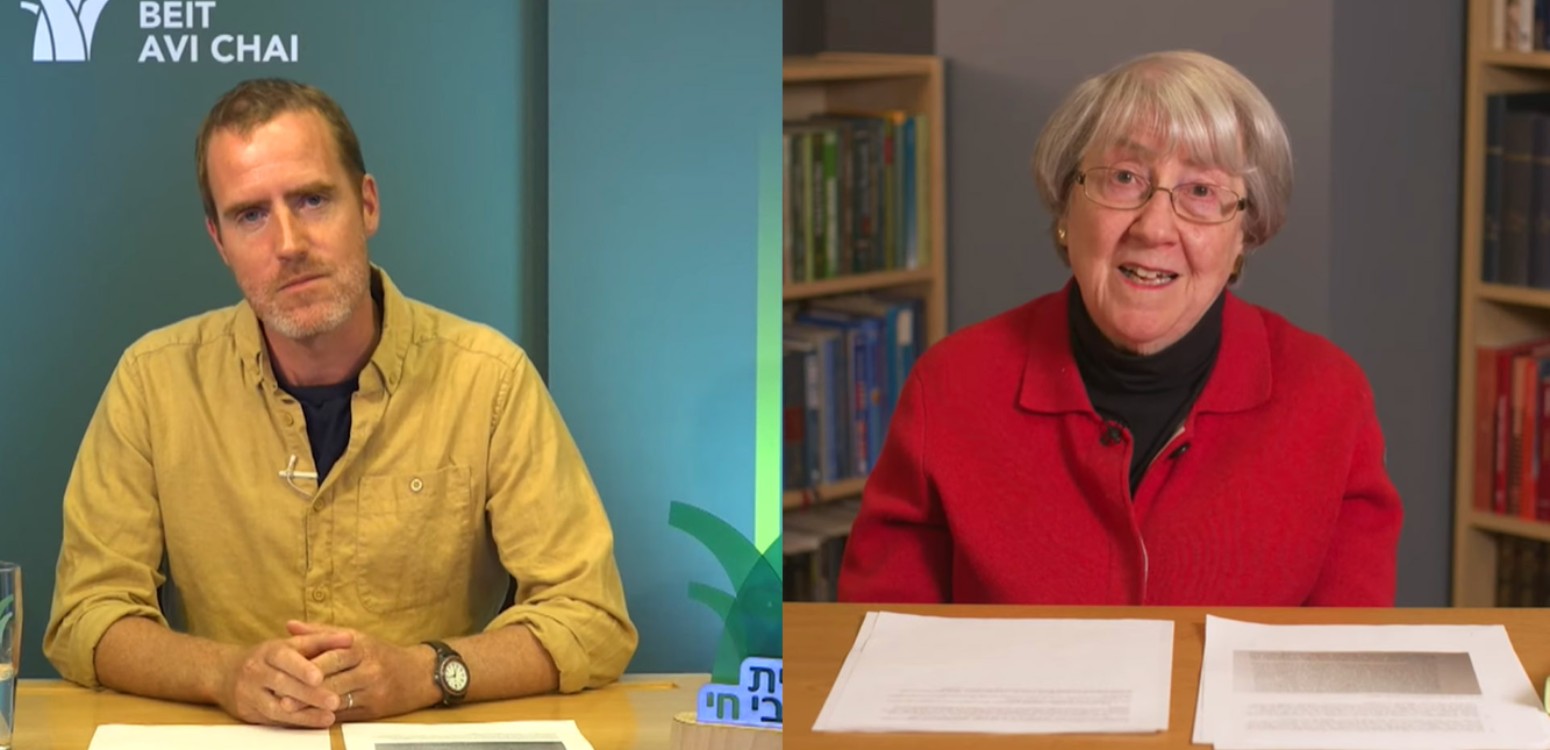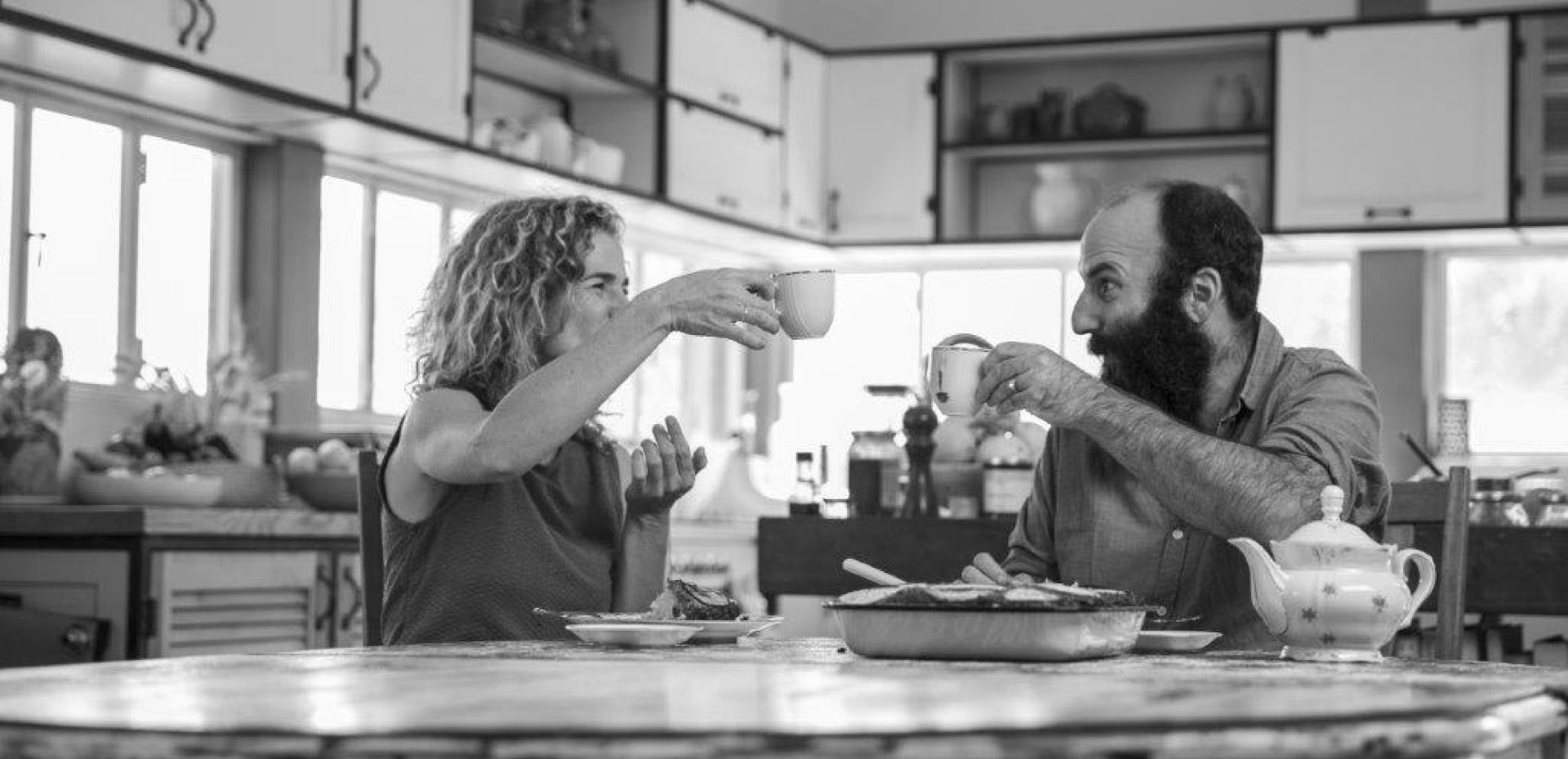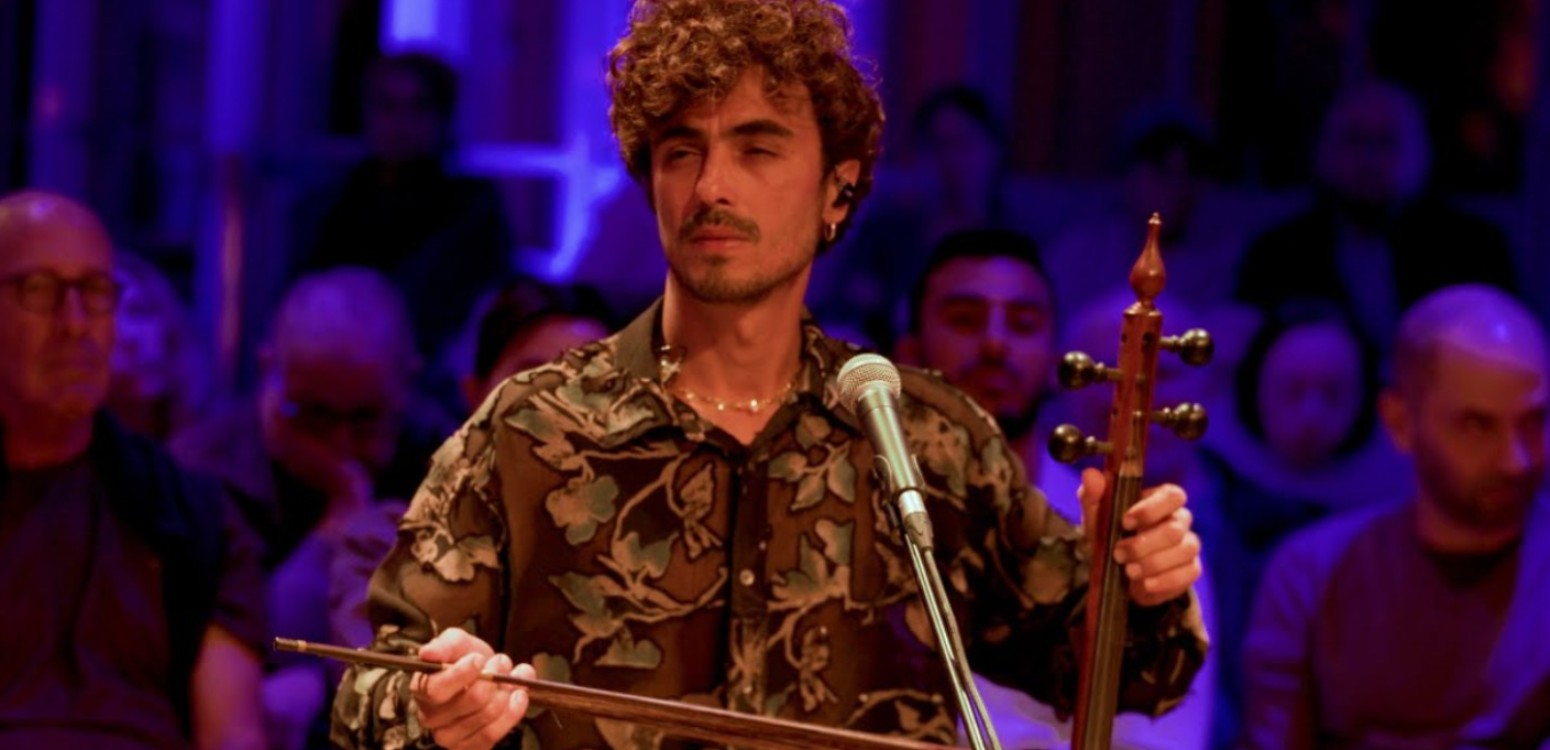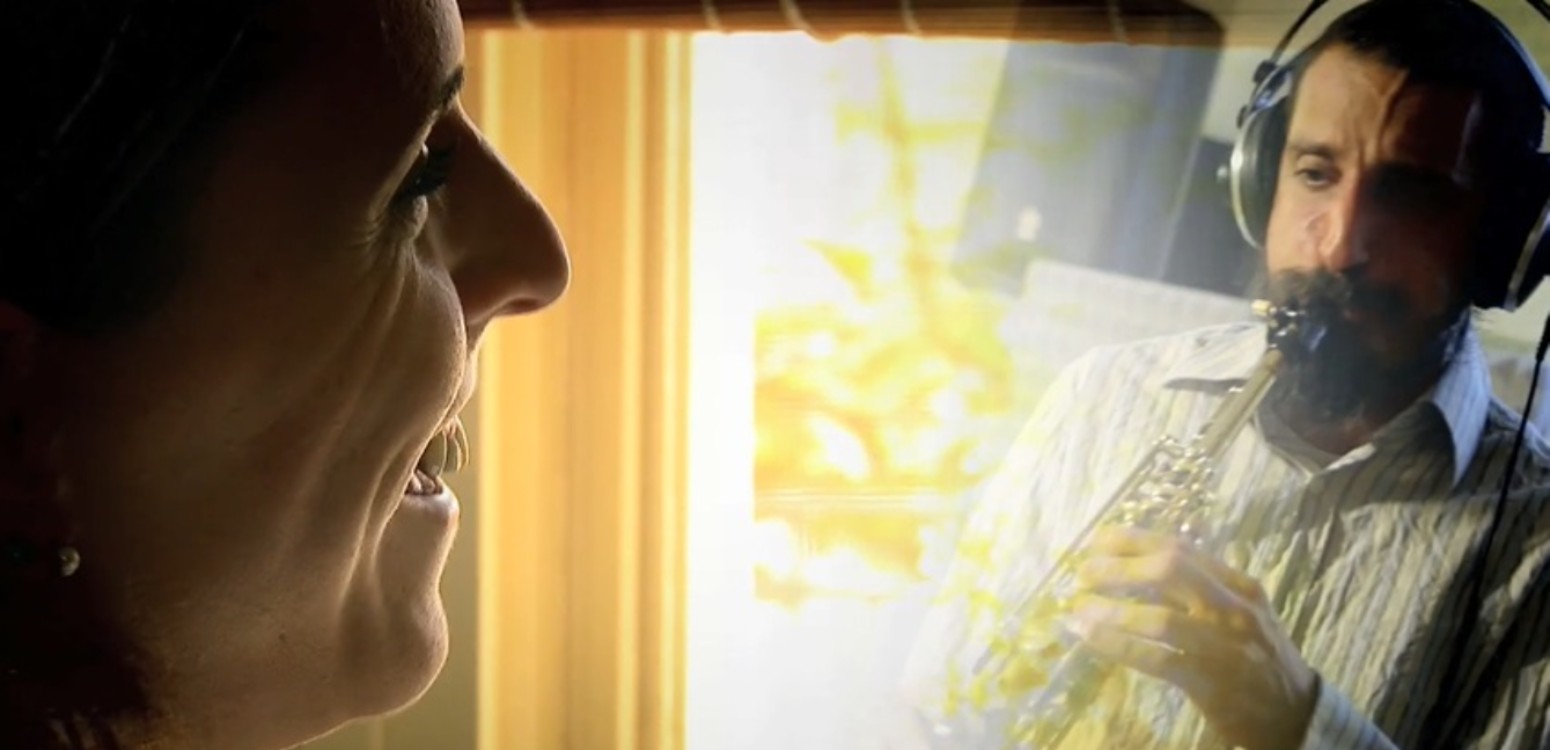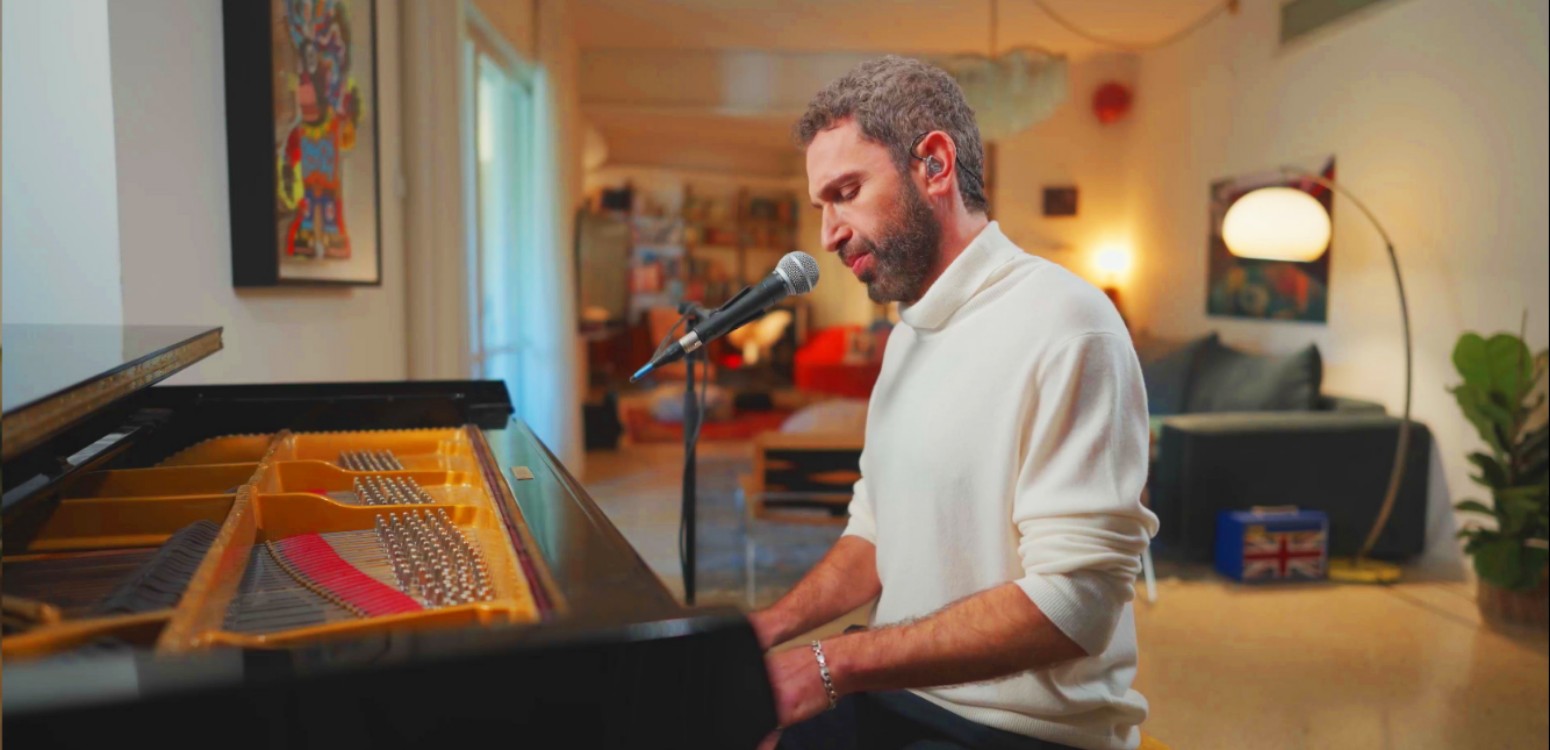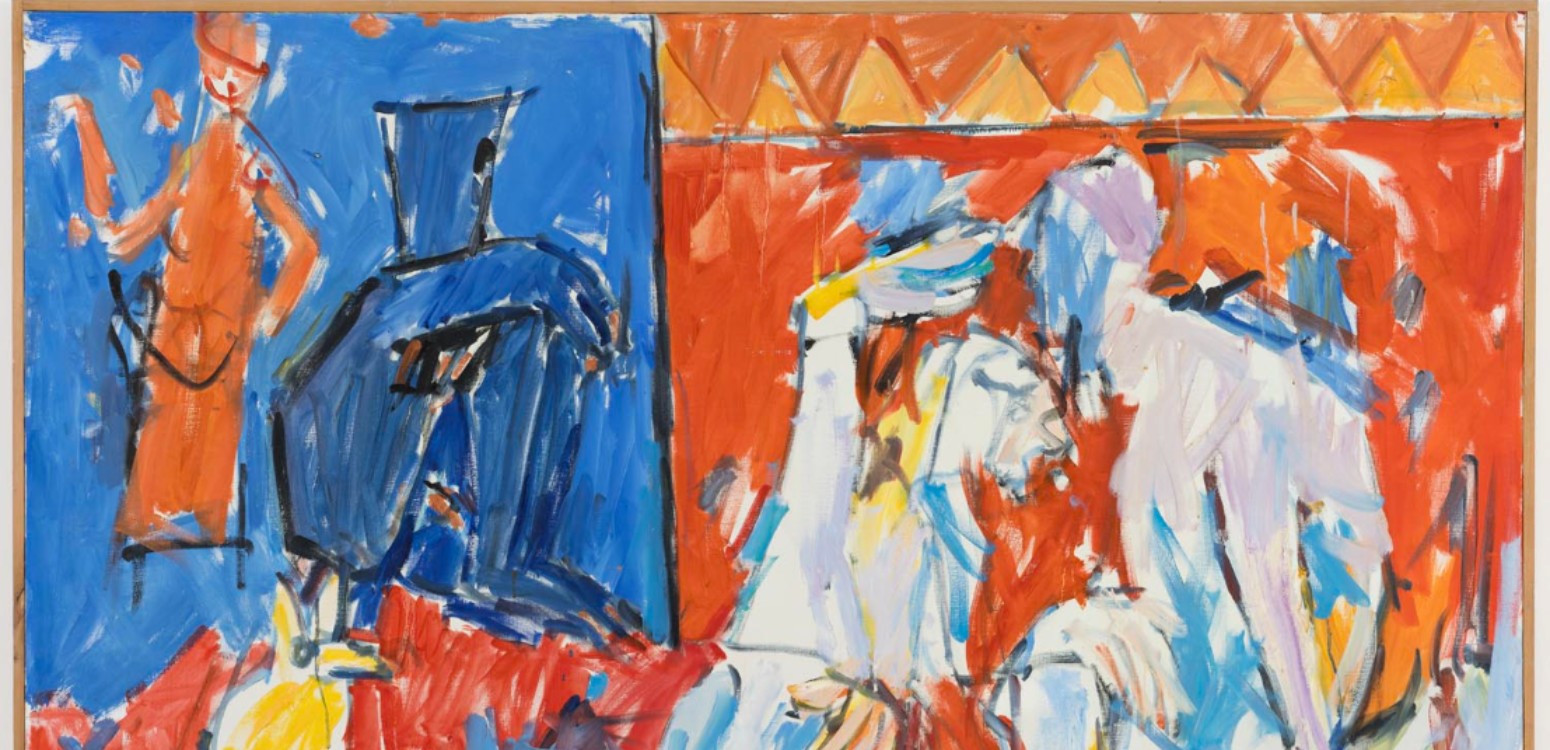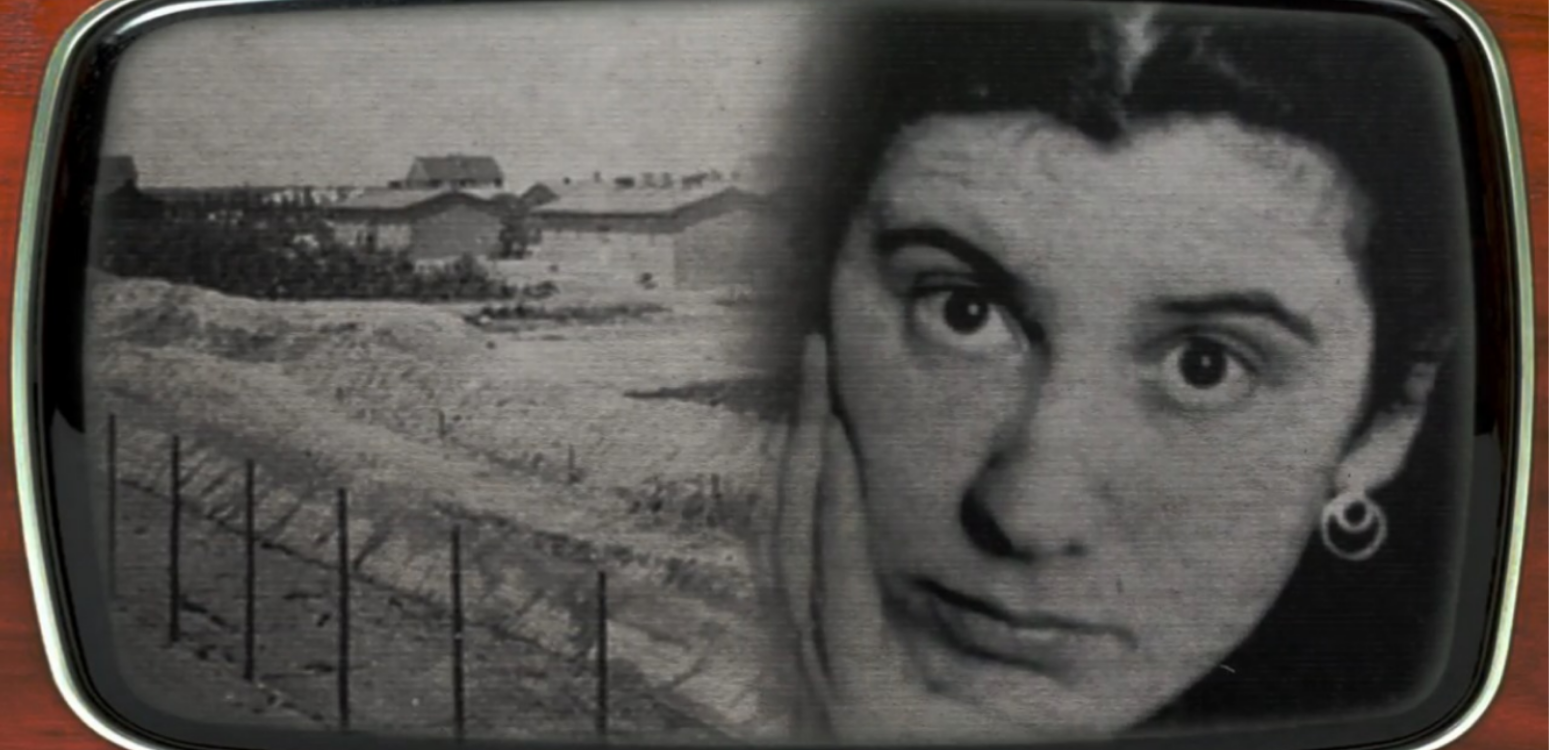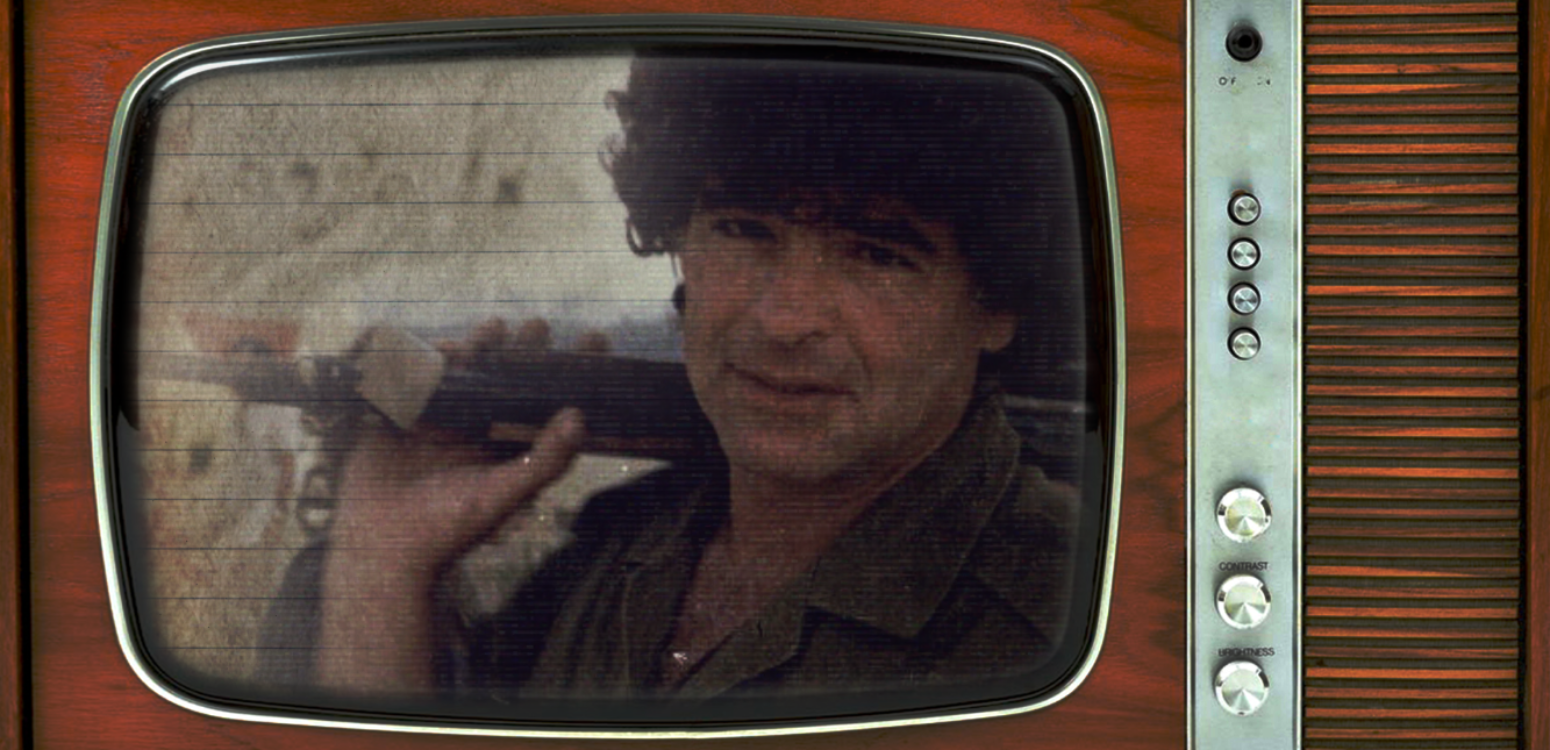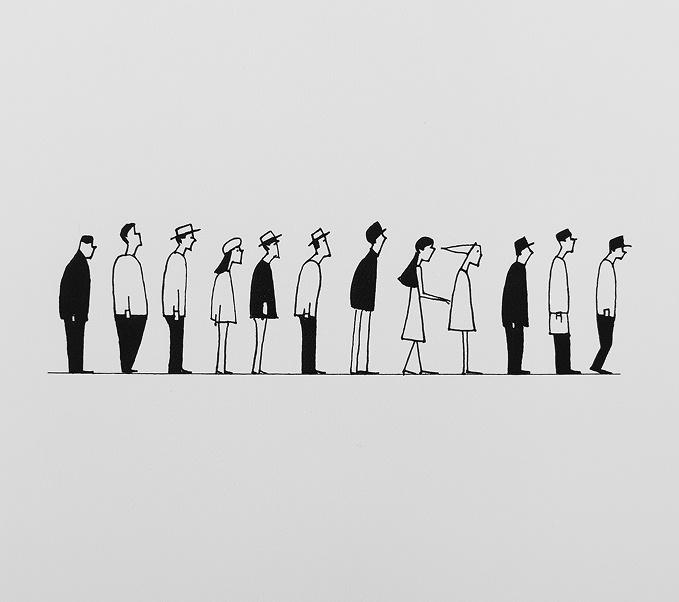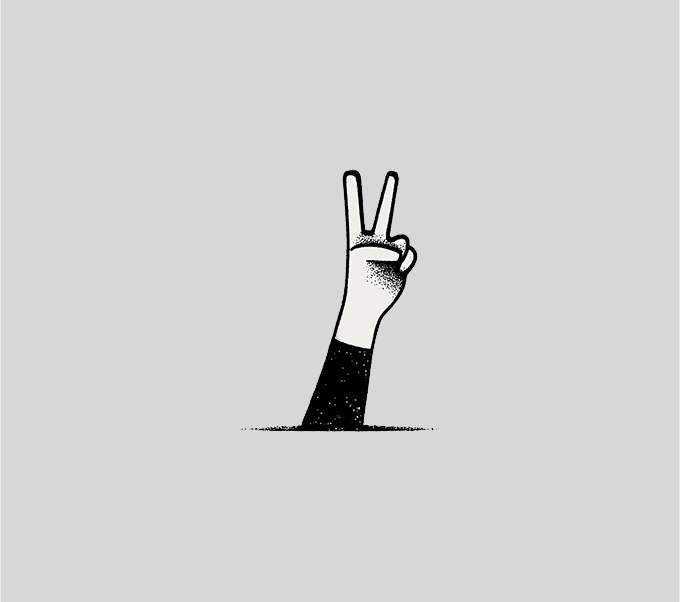Professor Yoram Bilu, one of the pioneers of psychological anthropology, returns to the turning point when he abandoned Freudian clinical practice in favor of dream interpretation, folk Kabbalah, and Tzadikim worship rituals, and talks about the understanding that not every distress speaks the same language
Israel Prize laureate Prof. Yoram Bilu began his career as a clinical psychologist. A patient’s dream – that wasn’t shared with him – exposed him to other languages of therapy and eventually led to him transforming from a psychologist into one of the pioneers of psychological anthropology in Israel. We returned with him to the beginning of that journey ahead of Shavuot night at Beit Avi Chai, which will be dedicated to dealing with dreams. As part of the program Prof. Bilu will converse with Prof. Haim Weiss about dreams and gravesites attributed to Tzadikim (the righteous, such as biblical figures and later spiritual leaders).
“I started my path as a clinical psychologist,” Prof. Bilu recounts. “At a young age, I began working in various mental health frameworks. I worked at a psychiatric hospital and later at a mental health clinic in Jerusalem. The clinic had a very rigid psychoanalytic orientation. This was in the 1970s, and the spirit of the times was psychoanalytic, meaning in the spirit of Freud’s classical theory. We talked about unconscious conflicts that begin in early childhood. This language was the accepted language then, and I struggled with it; I couldn't make the psychoanalytic concepts transparent, that is, to explain through them the experiential world of my patients in an unforced way. I felt a growing gap, which frustrated me, between the positive feedback I received about my work and my feeling that I was speaking in a language that was somewhat artificial, somewhat forced, that imposed itself in a certain sense.”
Was this true for all patients?
“No, and in retrospect, that’s exactly what shaped my insight that this theory, the psychoanalytic approach, is suitable for people who come from a social and cultural background that speaks this language in everyday life as well. Freud is a cultural hero among all those who believe that early childhood experiences shape personality. This language became very acceptable, but not in every sector and not in every community. Traditional or ultra-Orthodox communities accept this language less, and if we use this language indiscriminately in every community, we’ll get an answer to your question: there will be children and parents who will benefit from this treatment because their conceptual world integrates the psychoanalytic language, and there will be those who will drop out of treatment. Ultimately, we must give mental distresses expression through language, and if the language is not suitable, the patients will leave.
“The clinic I worked at in Jerusalem was intended for children, but it also treated their parents. In Jerusalem of the time, children who came for treatment from Beit HaKerem and Rechavia generally tended to stay in treatment, and children who came from Shmuel HaNavi neighborhood or Katamon dropped out. There was a feeling that there’s a language here that not everyone speaks.”
So, what was the solution?
“My trigger to look for a framework of another therapeutic language was a dream that wasn’t shared with me. I was treating a father of one of the children from the clinic, an accountant, an educated man of Iraqi origin, from Baghdad. He was an impossible patient; he didn’t understand what I wanted from him, and all these talks about events from childhood seemed irrelevant to him. He wanted guidance. The treatment limped along, until one day he said to me ‘I dreamed a dream.’ My ears perked up, because as Freud told us, the dream is the royal road to the unconscious. I thought that finally this resistant patient would give me some opportunity to enter his inner world, which he guarded very much, but no. He didn’t let me in. He said to me with almost sadistic pleasure: ‘I won’t tell you.’ I tried to maintain a dignified therapist’s composure as he told me: ‘It’s already been solved.’ I remember that expression. We talked about dream interpretations, the meaning of the dream, and he said ‘dream solving,’ and here the difference in language was apparent. He told me that he went to a dream solver from his community, of Iraqi origin who has a small shop that he shared with some tailor north of Mahane Yehuda market, and that he solved the dream for my patient.
“He wasn’t willing to tell me about the dream in any way. It took me a long time to understand why, because I didn’t know the language of dream solving, which is found in Jewish traditions, not in modern psychological traditions, but he was willing to tell me who this dream solver was. He directed me to a dream solver named Shaul Fetaya (1907–1982), the son of Yehuda Fetaya (1859–1942), a Kabbalist rabbi of Iraqi origin. I went to him and it turned out that this man really interprets dreams for all kinds of clients who dream dreams, mainly bad dreams. I learned from him that dreams follow the text –meaning, the moment someone interprets the dream, that interpretation takes hold; there’s some kind of magical assumption according to which the interpreter’s words will come true. So I also understood my patient who refused to tell me about his dream because he was afraid I would give him another interpretation that would change the positive interpretation he received.”
An apprentice in the dream laboratory
Dream solving in Judaism is essentially treating the dream like a riddle or puzzle that needs to be solved, with the solution having practical, often predictive implications for real life.
“Dream solving in Judaism is a wonderful world,” says Prof. Bilu. “Dream interpreters start from the Berakhot tractate in the Talmud and add materials from the Kabbalah theory. There are many traditional Jewish sources that deal with dreams; a complete system of interpretations that is very far from psychoanalytic language. The world that opened before me led me to want to be an apprentice in the dream laboratory in the shop north of Mahane Yehuda market, to know more about the conceptual system that for me was the dark side of the moon. That’s what I did, and in retrospect, I see this encounter with dream interpreter Shaul Fetaya as my turning point away from psychoanalysis. I didn’t stay there. Later I started working with Moroccan immigrants in moshavim, not in the city, I wrote my doctoral thesis on folk medicine and later – on Tzadikim worship through dreams.”
This is the topic you are going to discuss with Prof. Haim Weiss as part of BAC’s Shavuot events. What’s the connection between Tzadikim worship and dreams?
“On Shavuot I’ll talk about Tzadikim rituals of Moroccan immigrants, simple people in the sense that they lack formal education, and also religiously, they are not religious virtuosos or mystics, but that’s exactly the magic of the dream. Dreams happen every night. We don’t always remember them, but they happen on their own, and even simple people can voice great voices through dreams. The dream, according to Jewish sources, is not only the royal road to the unconscious, as Freud says, and also not only the royal road to the collective unconscious, as Jung said; they are also the royal road to the encounter with the divine.”
The moment demons and angels entered the human psyche
“A dream, according to Judaism, doesn’t only reflect our inner world; it brings us information from the world around us. This is how wonderful dreams with angels arrive or frightening dreams with demons, and both the demons and the angels are external entities. What did Freud do in his book ‘The Interpretation of Dreams’ from 1900? This is a historical moment where he takes the demons and angels and puts them inside the psyche, gives them other names. Demons turn into the id, driver of aggression and sexuality. Even angels become internal psychic forces: compassion, morality. By contrast, the cosmological language, not the psychological one, allows for something else. Through it I saw how people with simple lives encounter divinity.”
When you talk about another mental language, do you assume that these are the same mental distresses and needs that receive different expression, according to the different culture of the patients? Do we all ultimately need the same things?
“I didn’t give up on the psychological language. I don’t want to throw the baby out with the bathwater. I call what I encountered in my research ‘a forest of symbols’ that I didn't know. Psychoanalysis is a forest of symbols; that’s what Freud did: he offered us a language to speak our unconscious, the things we can’t give meaning to. He gives us symbols to which we can connect anxieties, depressions, all kinds of life distresses. What’s common to these distresses is that they have no simple expression. Think for example about comprehensive anxiety, an experience we all know, even if not in clinical dimensions. We feel the anxiety in the body, like something dull in the gut, or we feel depression, which makes us lie in bed and not want to act. We need language to speak depression and anxiety. That’s what Freud understands. Finding language is the first step of healing.
“The Kabbalist north of the market gives us something similar in this sense – another symbolic language. I think the distresses of all people are more or less similar. Every person who loses someone close, even if they live in Papua New Guinea, mourns. These experiences of sadness and joy are universal human experiences that cross cultures, but each person will be comfortable translating these experiences through different symbolic, moral and verbal categories, and this depends on their cultural world. Therefore it’s very relative. The concept of cultural relativity is important here. I believe that human distresses are similar, but still, I think that a patient of Baghdadi origin who lives within the traditional world and knows a little practical Kabbalah will be more comfortable with the traditional therapist’s language, while the therapist at the psychoanalytic clinic will be able to help more people who come from the world that speaks Freud and his follower’s language. Of course the boundaries are not sharp, and one can translate from one mental language to another, but I definitely think it’s good that therapists don’t speak in very rigid psychoanalytic language with every person who comes to them; you won’t be able to help a Bedouin woman who comes for treatment at Soroka hospital in Be’er Sheva with pure psychoanalytic language, and when someone believes that a demon has entered them – you need to remove the demon from them.”
This article was originally published in Hebrew.
Main Photo: Jacob's Dreame painting\ Wikipedia



